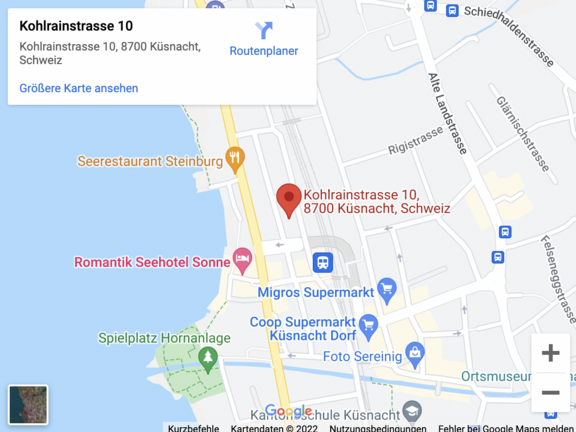Hormone replacement therapy
The term hormone replacement therapy is usually used for a replacement of estrogen and progestin during menopause. Just as in the case of failure of the thyroid or pancreas, for example, the missing thyroid hormone or insulin production can be replaced by the corresponding hormones, it is also possible to compensate for the declining or missing hormone production in the course of menopause by taking estrogens and progestins. With the use of such drugs, the body is supplied with something that it can no longer produce itself: the hormones of the ovary.
Aging processes in the body cannot be completely interrupted, but only slowed down. Hormone replacement therapy is not a fountain of youth, but a way to facilitate a period of transition for the body and to maintain positive effects of hormones even in the period after the "production decline".
DIFFERENCES IN HORMONE REPLACEMENT THERAPY LIE IN THE FOLLOWING POINTS:
Dosage forms
- tablets/coated tablets
- patches
- gel
- drops
- vaginal suppositories
Active ingredients
- natural estrogens, e.g. conjugated estrogens, 17B-estradiol
- various progestogens
Dosages
- low
- medium
- high
Intake regimen
- mono-therapy
- combined therapy
- sequential
- continuous
WOMEN WITH UTERUS
There are a number of points to bear in mind when considering the various regimens. First and foremost, it must be taken into account that a woman with a uterus must necessarily - in addition to estrogens - also take progestins (combined therapy).
WOMEN WITHOUT A UTERUS
Women without a uterus can take either estrogens only (mono-therapy) or an estrogen-progestin combination.
HORMONE REPLACEMENT THERAPY FOR YOUNGER WOMEN
Younger women may be recommended so-called sequential therapy, which mimics the female cycle. Estrogens alone are given first, and estrogens in combination with a progestin are given in the second half of the cycle. After estrogen-progestin use is stopped, bleeding usually occurs, even if estrogen use is not interrupted. Women who have had their last endogenous bleeding several years ago can take hormone replacement therapy either sequentially or continuously combined. The latter means that an estrogen-progestin combination is taken without interruption. This results in freedom from bleeding after a few months.
HORMONE REPLACEMENT THERAPY FOR EVERY WOMAN
Hormone replacement therapy must always be very individually tailored to the individual woman. Every woman is different and therefore needs an individual therapy that meets her needs. The question of whether hormone replacement therapy is right for each woman must be decided on an individual basis. You should always discuss which therapy is right for you with the gynecologist treating you.
In principle, however, it can be said that taking natural estrogens reduces menopausal symptoms and health risks and thus sets the course for well-being into old age.
Contact
GYNÉ LANG
Kohlrainstrasse 10
8700 Küsnacht (Zurich)
Phone +41 44 912 25 25
praxis@gynelang.ch
Opening hours
| Monday | 08.00 - 12.00 | 13.30 - 16.30 |
| Tuesday | 08.00 - 12.00 | 13.30 - 16.30 |
| Wednesday | 08.00 - 15.00 |
| Thursday | 08.00 - 12.00 | 13.30 - 16.30 |
| Friday | 08.00 - 15.00 |
![[Translate to English:] Frauenarzt Zürich [Translate to English:] Frauenarzt Zürich](/fileadmin/sites/gynelang/media/gynelang_logo.png)

